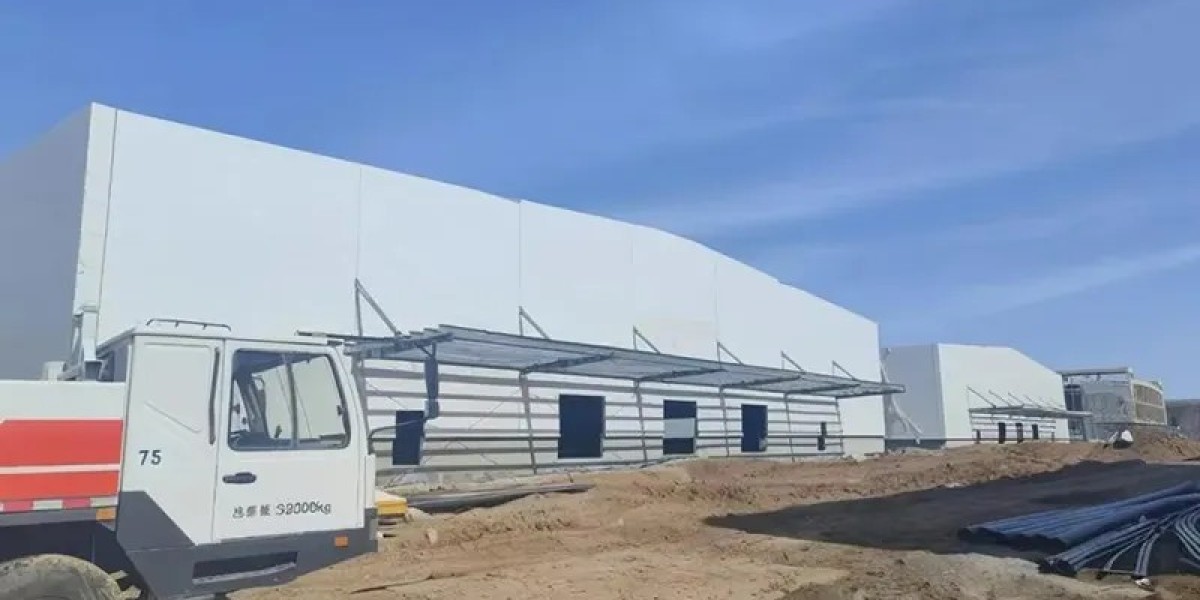In the aviation industry, the design of aircraft hangars plays a crucial role in operational efficiency. As the demand for air travel continues to rise, optimizing hangar design has become essential for airlines and maintenance organizations. This article explores how aircraft hangars can be designed for maximum efficiency, focusing on key elements that enhance functionality and productivity.
Understanding Aircraft Hangar Requirements
The first step in designing an efficient aircraft hangar is understanding the specific requirements of the aircraft it will house. Factors such as the size of the aircraft, maintenance needs, and the frequency of use must be taken into account. A well-designed hangar will accommodate various aircraft types, ensuring that space is utilized effectively. Additionally, incorporating flexible design elements allows for future modifications, which is crucial in a rapidly evolving industry.
Space Optimization
Maximizing space within an aircraft hangar is vital for operational efficiency. This can be achieved through strategic layout planning, which includes the positioning of maintenance equipment, storage areas, and workstations. By creating designated zones for different activities, hangars can minimize unnecessary movement and streamline workflows. Furthermore, utilizing vertical space for storage and equipment can free up valuable floor space, allowing for more aircraft to be serviced simultaneously.
Incorporating Advanced Technology
The integration of advanced technology into aircraft hangar design significantly boosts efficiency. Automated systems for inventory management, maintenance scheduling, and even aircraft movement can reduce human error and save time. Implementing smart lighting and climate control systems not only enhances the working environment but also contributes to energy efficiency. Furthermore, using drones for inspections can expedite maintenance processes, ensuring that aircraft are ready for operation in the shortest time possible.
Sustainability in Hangar Design
As environmental concerns grow, incorporating sustainable practices into aircraft hangar design is becoming increasingly important. Utilizing eco-friendly materials, optimizing energy consumption, and implementing rainwater harvesting systems are all effective strategies. Sustainable hangars not only reduce operational costs but also enhance corporate responsibility, making them more appealing to environmentally-conscious stakeholders.
Flexible and Scalable Designs
The aviation industry is characterized by its dynamic nature, which necessitates flexible and scalable hangar designs. Incorporating modular construction techniques allows for easy expansion or reconfiguration of hangar spaces as operational demands change. This adaptability ensures that airlines can respond swiftly to market fluctuations without incurring significant costs. Additionally, designing hangars with future technologies in mind will prepare operators for the inevitable advancements in aviation technology.
In conclusion, the design of aircraft hangars is pivotal in achieving maximum efficiency in aviation operations. By understanding aircraft requirements, optimizing space, integrating advanced technology, focusing on sustainability, and ensuring flexibility, hangar designs can significantly enhance productivity and operational effectiveness. Investing in well-designed aircraft hangars not only supports current needs but also prepares for future challenges in the aviation industry.








